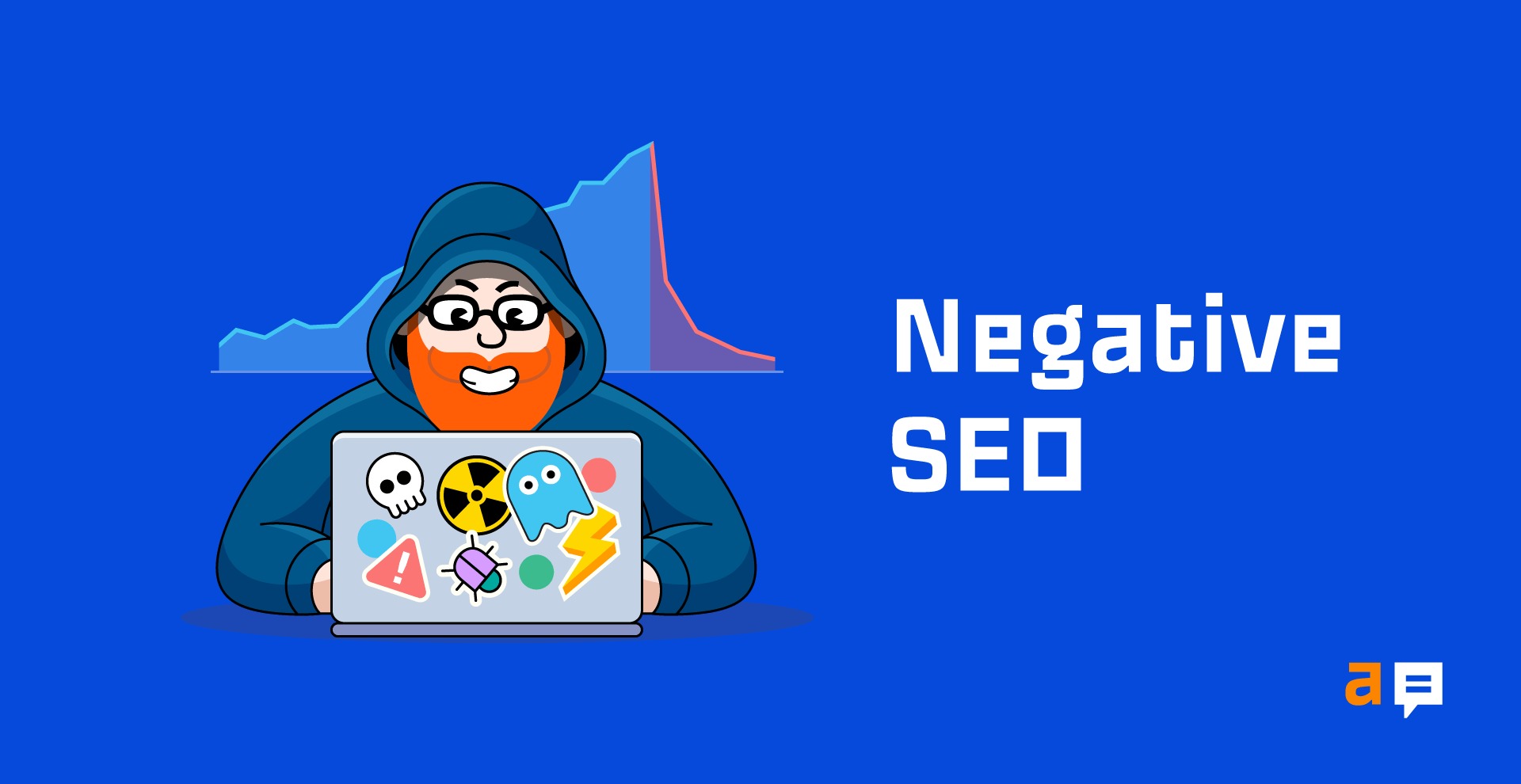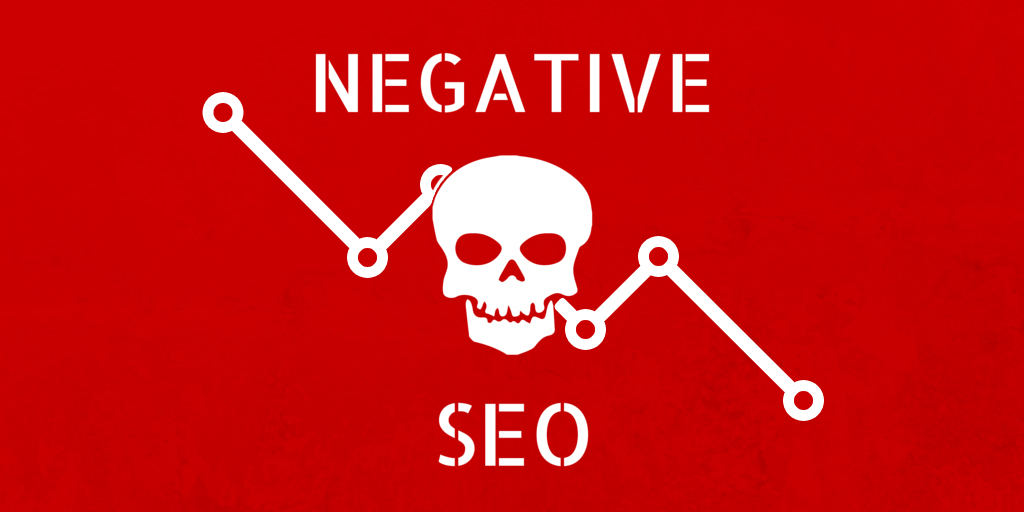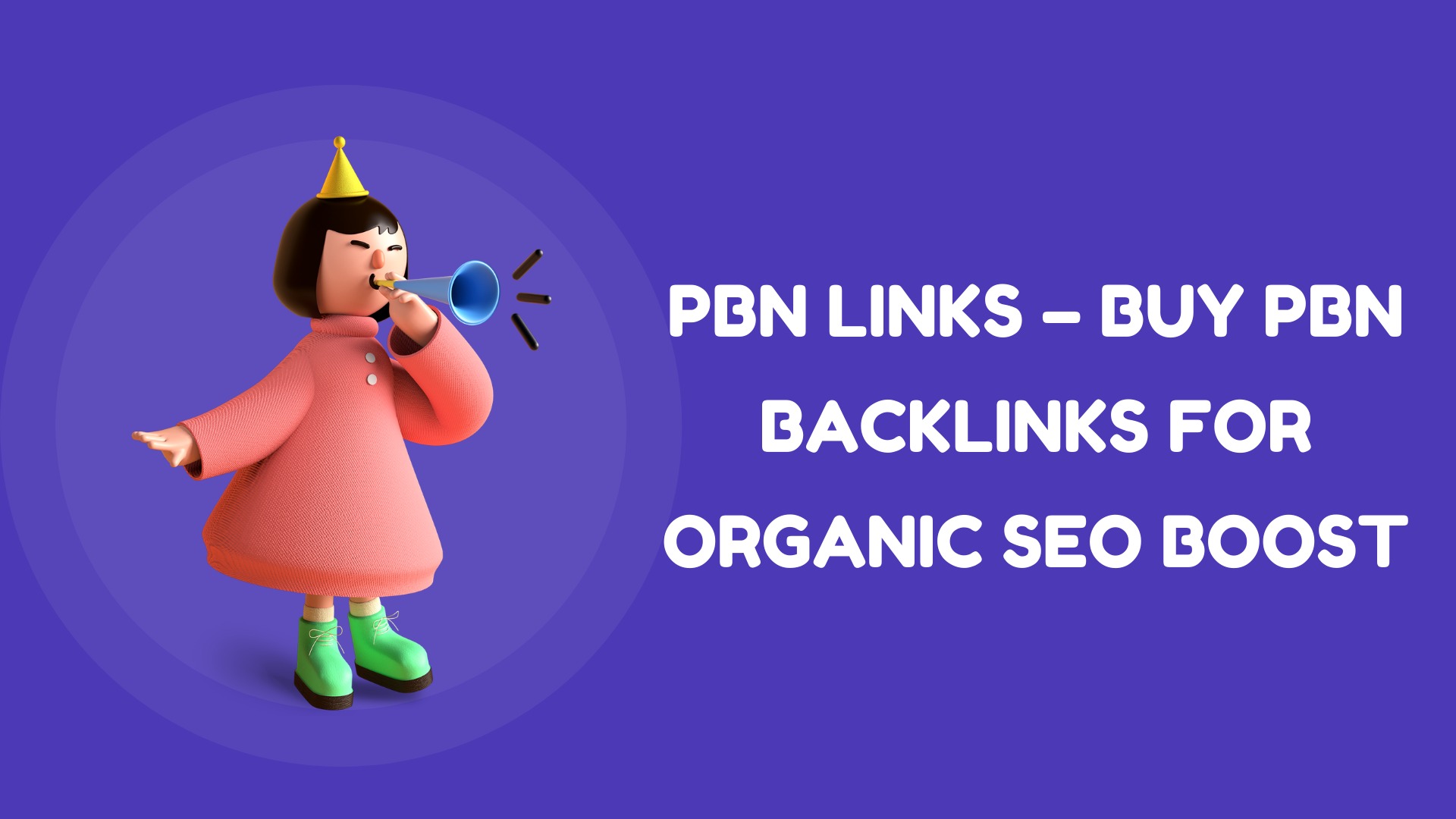What Is Negative SEO?
Negative SEO is a term that carries significant weight in the digital realm. Negative SEO, when used maliciously, can have detrimental effects on a website's rankings and online reputation.

Thomas Mitchell
Nov 25, 2023
You've just launched a new website and optimized it flawlessly, but you may still be vulnerable to negative SEO assaults. Using Google Webmaster Tools is essential for tracking the effectiveness of your website and identifying any harmful SEO activity.
While some negative SEO efforts may be subtle and appear harmless, others may be much more blatant and seriously damage your website. Negative SEO practitioners may target any of the sites you control. Thus, this danger is significant if you oversee several websites.
Website owners need to comprehend the many forms of bad SEO and how to defend their sites against them. You will learn aboutwhat is negative SEOand more, including particular techniques for protecting your web pages.
Understanding Negative SEO
It is very crucial to understand what is negative SEO; a malicious attempt to lower a company's exposure in search engine results, usually with the intention of stealing its keyword ranks and traffic, is called negative SEO (sometimes referred to as adverse SEO).
The goal is to give the impression that the target website is abusing search engine regulations by employing SEO spam practices. And thereby causing the search engine to censor its results. It can harm the company's reputation among human customers. Thus, they avoid clicking through.
It is unethical and often even illegal to use negative SEO. It usually doesn't work either because negative SEO assaults are becoming harder to detect and ignore for search engines.
Google representatives have been telling webmasters to disregard threats and attacks for years. And instead concentrate on improving their website. It is thus improbable that negative SEO is the cause of any drop in keyword ranks or organic traffic that you observe.
However, a lot of marketers think such assaults might damage a company's standing and search engine results. Thus, you have to understand the various kinds and how to handle them.
Does Negative SEO Still Happen?
Negative SEO assaults are virtually unheard of on the majority of websites today. Even if these kinds of attacks do occur, Google has become quite adept at stopping bogus backlink blasts, so they are unlikely to have an impact on your rankings.
Therefore, before you attribute a sudden decline in your rankings to a negative SEO campaign, be careful to review a list of common causes. Naturally, there are more advanced forms of negative SEO that involve gradually constructing "real" but low-quality backlinks.
However, the cost of organizing these efforts is high, and the results are rarely worthwhile. The only industries where traditional negative SEO is still used are those in which you operate an internet casino or a predatory lending business.
Actually, there's a greater chance that an internal SEO campaign from your organization will target you. For instance, if you hire a novice SEO professional, they may create a ton of low-quality backlinks to your website, spam your comment area, or purchase phony reviews.
Alternatively, you might employ a dishonest writer who will use a lot of material from other websites. In all likelihood, these kinds of negative SEO "attacks" are far riskier than a real strike from your rival.
Types Of Negative SEO Attack
Some of the most popular negative SEO tactics that someone could use to damage your website are listed below.
Fake Negative Reviews
Even though they don't have as much of an effect on your site authority as backlinks, Google does scan and render negative reviews of sites when determining how to rank web pages.
Site owners should keep an eye on the major review sites in their sector in addition to routinely analyzing their backlink profile, as local and small companies with negative reviews will not rank.
If you have cause to suspect a review is fraudulent, you may report it on the majority of well-known review sites. Being aware of the many methods that people may attempt to connect to your website maliciously will enable you to spot those wrong links as soon as they appear in your backlink profile.
Malware Attacks And Website Hacking
When it comes to website hacking, most individuals believe the indicators would be obvious. You may receive emails alerting you to the possibility that your website is being hacked or compromised. You should then take the necessary precautions to protect it.
Nonetheless, skilled and knowledgeable hackers are able to create an almost undetectable negative SEO attack on your website. These subtly harmful SEO assaults might have disastrous effects on your website.
Old blog entries on your website are the focus of hackers, who make little adjustments to reduce their ranking. They have a few options for doing this, including
- Put shoddy material on your most recent sites or outdated blogs.
- Include unsettling material on your pages.
- Hide content changes in your HTML, as they can frequently go overlooked.
- Take down or swap out the links and pictures on your pages and website.
- Include backlinks on your website that point to immoral websites.
Websites that have been operational for an extended period are much more vulnerable to this kind of negative SEO campaign. The principal reason for this is that the business owner would find it challenging to identify this attack due to the overwhelming amount of links on blogs and websites.
In a similar vein, if you haven't visited your website in a long, there's a chance of a hostile SEO attack. Before it's too late, a skilled or knowledgeable hacker may make undetectable modifications to these pages that have a detrimental effect on the health and ranking of your website.
Content Scraping
The scourge of all content authors is this. When someone steals your carefully chosen words and uploads them on another website, it's known as content scraping.
The content thief typically merely wants free goods. They have no desire to damage your website. It's not impossible, but unlikely, at least not on purpose. Google is forced to select which of the similar sites it should display in the top results if it discovers that your material is replicated elsewhere on the internet.
Likely, the original page won't be selected as one of the top search results, no matter who created the material. This implies that someone else may divert visitors from your website and profit from your labor of love.
Try searching for a section of your post on Google to see if any results come up. Additionally, Copyscape is a free plagiarism detector that may inform you if any of your material has been stolen and posted elsewhere.
Get in contact with the site owner if you discover that it has. Depending on the answer you receive, you may need to pursue the matter further and see a lawyer. Make sure your business conditions, however, accurately represent your stance on material republishing before it comes to that stage.
Additionally, you may inform Google that your URL was the original one to which the material was associated by adding canonical tags to your content. It effectively signals to the algorithm that, in a sense, yours is the master version. And it's a copy for everyone else. You should be able to manage duplicate material using this.
Unauthorized Hotlinking
By using hotlinking, webmasters may load media, such as photographs, straight from another website instead of storing them on their website's server.
One kind of damaging SEO assault is the use of excessive and unlawful hotlinking because it strains the servers of the host site, which might cause the site to load more slowly. This can eventually result in a drop in ranking. This kind of assault is referred to as "bandwidth theft."
There are a few techniques to stop hotlinking before it ever occurs, such as:
- Using All-In-One-Security as a plugin for WordPress websites
- Putting the code below in your.htaccess file (replace "samplesite.com" with the URL of your website)
Creating Toxic Backlinks
Strong signals from high-quality backlinks tell Google that the website being linked to is a reliable source that people trust enough to endorse and suggest to others.
Toxic backlinks might have the opposite impact. These include connections coming from spam sites, link farms, or even just plain unrelated websites. Toxic backlink building is part of an evil SEO plan aimed at making Google punish your website.
Some negative SEO practitioners may even take things a step further and try to get your good backlinks deleted. For instance, someone may pretend to be you, get in touch with someone who has been connected to you, and request that the connection be taken down.
On-Page Attacks
Site hacking and altering SEO parameters and settings are typically involved in these harmful SEO assaults.
A hacker or a disgruntled or outbought employee—current or former who still has access to your website may carry out this. Changing the robots.txt file is one of this category's most dangerous dangers.
You can get suggestions on how to use your site in the robots.txt file. It indicates the sites you would want the bot to search through and index. By altering your settings, a hacker might force Google Bot to overlook your most crucial pages or perhaps your whole website. It only requires adding a Disallow: / rule to the robots.txt file.
Change your site's credentials and amend your robots.txt file right away if you discover that any or all of your pages have been de-indexed as a result of this type of attack (and it wasn't a search engine penalty). This will prevent the attacker from accessing your website.
How To Detect A Black Hat Tactic Pointing To Your Site?
It's critical to defend your website against harmful black hat techniques. Naturally, you don't have to be a skilled detective to see the red flags that indicate something needs to be fixed. The following methods can help you identify any unusual activity on your website:
- If keywords that are unrelated or unethical are performing well on your website
- Should your website own a backlink profile or several backlinks pointing to unrelated pages,
- If suddenly a lot of people are visiting pages that you haven't used or accessed in a long time
How To Fix It
It's critical to identify these problems as soon as possible before attempting to resolve them. After that, you may employ a variety of strategies to guard and shield the website from intruders and spammers. It's critical to keep an eye out for unfavorable comments and links on your website before the damage gets too great.
How Do You Catch And Stop Negative SEO Tactics?
Recognizing when you've been attacked is the first step in defending against lousy search engine optimization. The following indicators may be dead giveaways:
- Abrupt, inexplicable declines in online traffic.
- Unexpected increases or declines in the backlink database.
- Declines in your position for particular keywords.
- Google is sending you warnings about your online behavior.
- There are several copies of your stuff on the internet.
Here are some things to remember while fending off a potential assault, getting over a past one, and avoiding getting hurt by negative SEO in the future.
Fortify Your Site Against Hacks
It may take some time before you even realize something is off when a lousy SEO specialist hacks into your website to alter its coding. However, routine site audits can assist you in identifying any such problems before they have an opportunity to undermine your SEO efforts.
Additionally, you may set up Google Search Console to alert you to any security lapses or issues with the indexing of your website. Make sure you use security precautions to keep yourself safe, such as two-factor authentication, strong passwords, and antivirus software.
Maintain Your Backlink Catalog
It's officially time to start managing your backlink library if you haven't previously. Choose a tool that takes the guesswork out of the procedure, and check it periodically to verify everything’s as it should be. If you acquire any terrible links or lose any good ones, you'll know right away.
If you discover that your backlink catalog has a large number of poisonous backlinks that need to be fixed, send Google Webmaster Tools a disavow file that includes every single one of them. This informs Google that such links have no value in determining your ranking.
Take Steps To Protect Your Content
The simplest method to find out whether any material on your website has been copied is to use a reliable program such as Copyscape. Send an email to the website's owner requesting the removal of any duplicate content you see.
When you communicate, make sure you CC the relevant legal party to let them know you mean business. Report the entire website to Google right away and request that they take it down if it is a copy of yours.
Use canonical tags to safeguard the most superb material on your website so that Google recognizes you as the original author. For good measure, include a copyright notice and revised Terms of Service on your website that explicitly prohibit copying or redistributing any of your material.
Report Fake Social Profiles
If and when you do come across phony social media accounts using your company's name, report them immediately to prevent them from gaining followers and undermining your attempts to establish a positive online image. You may also track the mentions you receive on social media with the aid of available tools.
Examine your mentions as soon as possible to find out if someone is misusing your company's name or spreading false information. In any case, it's a brilliant idea to implement this strategy since it facilitates communication with those who are actually creating discussions about your company.
Keep Track Of Your Reviews
You ought to be keeping an eye on your reviews, just as you do with your backlinks and social mentions. Again, early discovery is the key to halting a negative SEO campaign in its tracks before it has an opportunity to make a mess of all your hard work.
Report any unfavorable evaluations of your goods, name, or business that you come across from persons pretending to have a relationship with you that they don't have to Google and the relevant platform. Of course, you should always try to put things right in your response to accurate unfavorable evaluations.
What Is Negative SEO - FAQs
What Causes Negative SEO?
Negative SEO is the deliberate employment of black hat techniques by a business to harm a competitor's website's organic rankings.
What Is A Negative SEO Service?
This technique describes a rival using unethical organic ranking strategies to depress your search engine ranks.
Is Negative SEO Effective?
It is unethical and often even illegal to use negative SEO. It usually doesn't work, either.
As A Final Observation
Talking about what is negative SEO and what the effects are on your website, negative SEO can harm your website and rankings even though it takes time and doesn't always provide malefactors with the intended outcomes. Attackers can inundate you with unsolicited links or unfavorable reviews, but it's even worse when they compromise your website and alter its SEO configuration.
Regretfully, there will always be opportunistic individuals who attempt to undermine you through unscrupulous methods. Fortunately, Google is continuously refining its algorithms to increase a website's resistance to various forms of manipulation. Additionally, you now know how to prevent yourself from being hurt by dishonest rivals.




